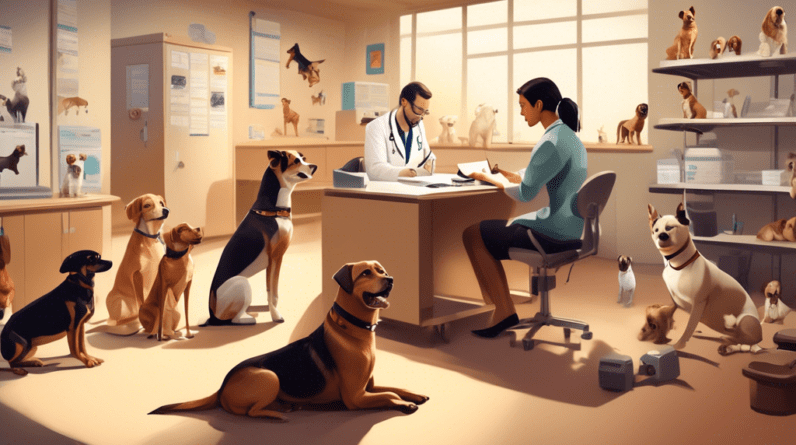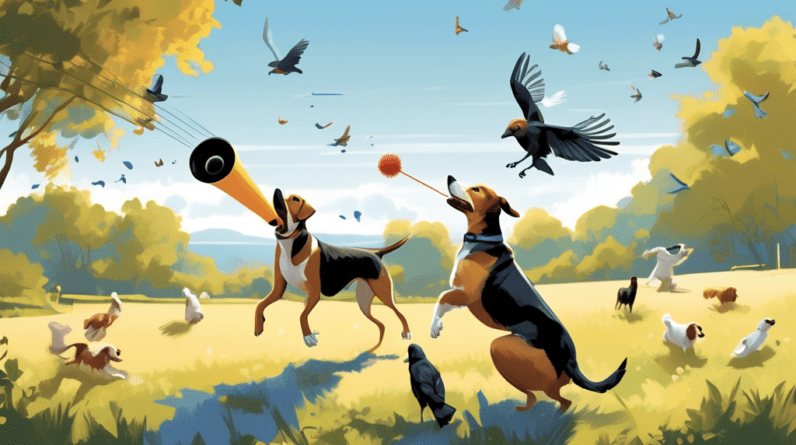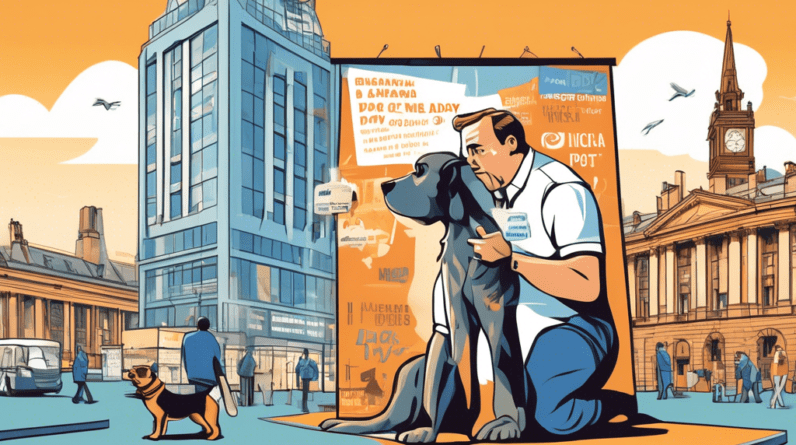
Why Does My Dog’s Hair Stand on End?
Have you ever noticed your dog’s back hair standing straight up, giving them that dramatic spiky fur look? This bristling along their back, known as raised hackles or piloerection, is more than just a funny sight. It’s your dog’s way of communicating a whole range of emotions and reactions. While we often associate it with aggression, the reasons behind raised hackles can be surprisingly diverse.
Understanding the Science Behind Hackles
Before diving into the why, it’s helpful to understand the how. The act of hackles raising is a physiological response triggered by the sympathetic nervous system—the same system responsible for the fight-or-flight response. When a dog experiences certain stimuli, their brain releases adrenaline. This hormone, in turn:
- Causes the tiny muscles at the base of their hair follicles to contract.
- This contraction makes the hair stand erect, creating that characteristic bristling effect.
Interestingly, this reaction isn’t exclusive to dogs. Many mammals, including cats, wolves, and even humans (think goosebumps!), experience piloerection as part of their natural physiological responses.
Unveiling the Surprising Reasons
Now, let’s delve into the intriguing part—deciphering the message behind those raised hackles.
1. Fear or Anxiety: I’m Feeling Threatened!
This is often the first reason that comes to mind, and for a good reason. When a dog feels threatened or anxious, raising their hackles is a way to make themselves appear larger and more intimidating to the perceived threat. Think of it as their way of saying, Back off!
Common triggers:
- Unfamiliar people or animals
- Loud noises like thunder or fireworks
- Being in an unfamiliar or uncomfortable environment
2. Excitement and Anticipation: This is SO Exciting!
You read that right! While often mistaken as aggression, raised hackles can actually indicate positive excitement. Picture this: you’re about to throw your dog’s favorite ball. They might get so amped up, with adrenaline coursing through them, that their hackles rise in anticipation.
Common triggers:
- Playtime with their favorite humans or canine pals
- The sight of their leash, signaling a walk is imminent
- Getting a tasty treat or meal
3. Alertness and Focus: Something’s Caught My Attention
Dogs are incredibly perceptive creatures, constantly attuned to their surroundings. A sudden noise, an unfamiliar scent, or even a change in your behavior can pique their curiosity and put them on high alert. In these moments, raised hackles can simply signal their heightened awareness as they try to assess the situation.
Common triggers:
- Unusual sights or sounds in their environment
- Unfamiliar scents or the presence of other animals
- Sudden movements or changes in their routine
4. Playfulness and Social Signaling: Let’s Play!
Within the context of play, raised hackles can be a positive form of communication. Especially during boisterous play sessions with other dogs, hackles can rise and fall as part of their playful interactions. This is often accompanied by other playful body language cues, such as bouncy movements, open mouths, and playful bows.
5. Territoriality: This is MY Space!
Dogs are naturally territorial, and they might raise their hackles to defend their perceived territory—be it their home, yard, or even a favorite spot on the couch. This behavior is often more pronounced in certain breeds known for their territorial instincts.
Common triggers:
- An unfamiliar person or animal entering their space
- Another dog approaching their food bowl or toys
- Feeling like their personal space is being invaded
Deciphering the Canine Language: It’s All About Context
As you can see, raised hackles are a versatile form of canine communication. The key to understanding their meaning lies in considering the context. Pay close attention to:
1. The Surrounding Environment:
Where is your dog when their hackles rise? Are they in a familiar place, or is it a new environment? Are there any potential triggers present, like loud noises or unfamiliar people/animals?
2. Body Language Cues:
Hackles rarely rise in isolation. What does the rest of your dog’s body language tell you?
- **Fearful/Anxious:** Tail tucked, ears back, whale eye (showing the whites of their eyes), cowering, panting
- **Aggressive:** Stiff body posture, bared teeth, growling, lunging, snapping
- **Excited/Playful:** Wagging tail (even if it’s a stiff wag), open mouth, playful bowing, bouncy movements
3. Your Dog’s Overall Demeanor:
Consider your dog’s personality and typical behavior. Are they generally more anxious or reactive, or are they usually happy-go-lucky? Knowing your dog’s baseline temperament can help you better interpret their signals.
When to Seek Professional Help
While raised hackles are usually a normal part of canine communication, there are times when it’s crucial to seek professional help. Consult with a veterinarian or certified dog trainer if:
- Your dog’s hackles rise frequently or without any apparent reason.
- The behavior is accompanied by other concerning signs, such as aggression, fear-biting, or destructive behavior.
- You suspect your dog’s raised hackles might be indicative of an underlying medical condition.
Understanding the reasons behind your dog’s raised hackles allows you to better respond to their needs and provide a safe and supportive environment. By learning to read their subtle body language cues, you can strengthen your bond and navigate the fascinating world of canine communication with greater clarity and empathy.






